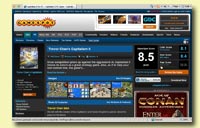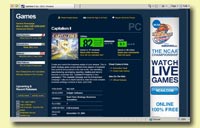Challenge
One of the key difficulties for post-secondary instructors is to hold the attention of the students. Given the ubiquity of entertainment options such as video games, big screen TV, and 3D IMAX movie theatres, an instructor standing at the front of a classroom writing on a chalkboard seems like a sepia-toned image from the past.
Given that the type of technology options listed above are well-suited for keeping the focus of students that have many other things clamouring for their attention, it follows that education should be taking advantage of the appeal of high-technology entertainment. This was the motivation for this pilot project at BCIT.




